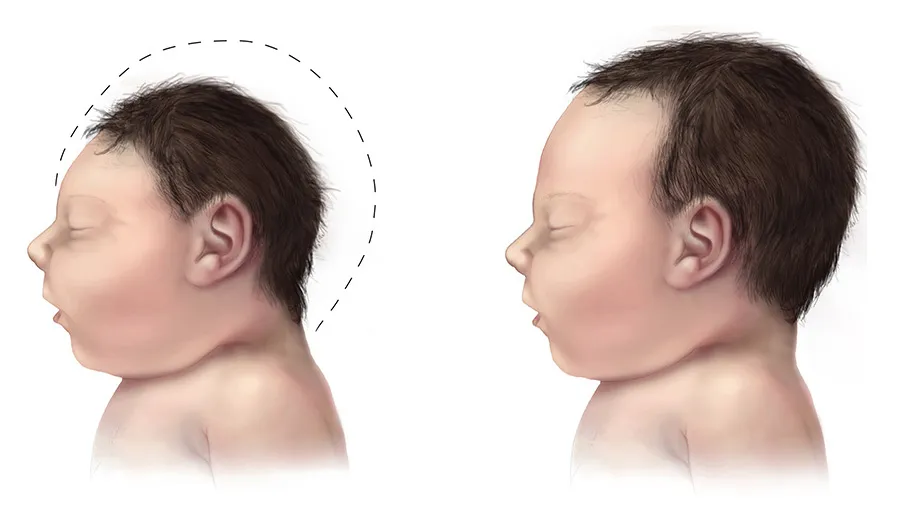Dermatitis in Children: As parents, it’s natural to be concerned when your child faces skin issues. The skin acts as a crucial barrier against environmental insults. I’m Dr. Michael Nwaneri, a pediatrician and obesity medicine specialist. In this comprehensive guide, let’s explore dermatitis in children, aiming for originality, comprehensiveness, accuracy, and trustworthiness.

What is Dermatitis?
Dermatitis is a general term that describes inflammation of the skin, manifesting as redness, itchiness, and sometimes, blisters or sores. It is one of the most common skin conditions seen in pediatrics.
Understanding the Types: More Than Just an Itch
- Atopic Dermatitis: Also known as eczema, often seen in families with a history of allergies.
- Contact Dermatitis: Caused by contact with irritants or allergens.
- Seborrheic Dermatitis: Often seen in infants as ‘cradle cap.’
- Diaper Dermatitis: Specific to the diaper area and can be caused by extended contact with urine or feces.
Root Causes: Why Dermatitis Happens
Genetics
A family history of eczema, asthma, or allergic rhinitis can predispose a child to dermatitis.
Environmental Triggers
Irritants like soap, lotions, and even foods can trigger episodes.
Immune System Response
An overreactive immune system can initiate skin inflammation in response to even benign triggers.

Identifying the Symptoms: What to Look For
- Red or Pink Patches: Often the first sign of inflammation.
- Itching: Varies from mild to severe.
- Dry Skin: Especially in atopic dermatitis.
- Flakes or Scales: Common in seborrheic dermatitis.
Diagnostic Journey: Steps to Confirmation
- Clinical Assessment: Physical examination and detailed medical history.
- Patch Testing: For suspected contact dermatitis.
- Skin Biopsy: Rare but may be performed for definitive diagnosis.
Effective Treatment Strategies
- Topical Steroids: For immediate relief from inflammation and itching.
- Moisturizers: To maintain the skin barrier.
- Antihistamines: To control itching.
- Avoid Triggers: Identification and avoidance of allergens or irritants.
Preventive Measures: Dodging the Dermatitis Bullet
- Skin Care Routine: Gentle cleansers and regular moisturization.
- Allergen Avoidance: Keep a diary to track possible triggers.
- Humidifiers: In dry climates to prevent skin from drying out.
Conclusion: From Challenge to Triumph
Managing dermatitis in children requires a multi-faceted approach that involves not just medication but also lifestyle modifications. Empowered with the right knowledge, you can effectively manage your child’s condition and improve their quality of life.
References
- American Academy of Pediatrics – Dermatitis
- American Academy of Dermatology – Dermatitis
- Centers for Disease Control and Prevention – Skin Conditions
Disclaimer: This article is intended for informational purposes and should not replace professional medical consultation.



